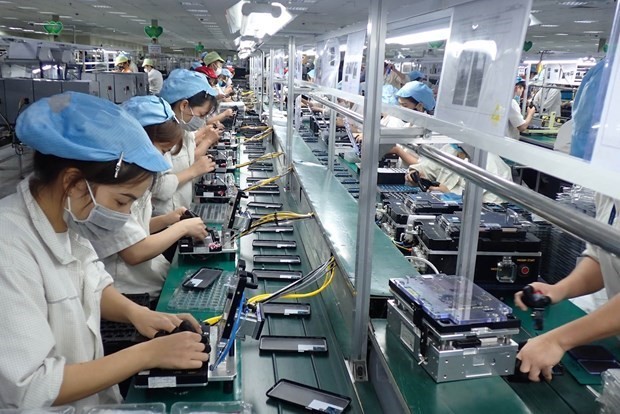
Experts said that although Vietnam is still assessed as an attractive destination, the current world developments such as Russia-Ukraine tensions, supply chain disruptions and escalating inflation have remarkably affected FDI influxes into the country and other Southeast Asian nations.
During January-August, US$12.8 billion of foreign-invested projects was disbursed, up 10.5% year-on-year, signaling foreign investors’ confidence in Vietnam’s investment prospects in the coming time.Processing and manufacturing continued to lure the largest FDI capital, with US$10.7 billion, accounting for 63.9% of the total. It was followed by real estate business, with over US$3.3 billion, making up 19.9% of the total.
Singapore topped the list of the 94 nations and territories pouring capital in Vietnam in the period, with US$4.53 billion, accounting for 27% of the total. It was followed by the Republic of Korea and Japan, with nearly US$3.5 billion and US$1.49 billion, respectively.
Ho Chi Minh City attracted the largest capital, with more than US$2.7 billion, making up 16.1% of the total, followed by Binh Duong with nearly US$2.64 billion, and Bac Ninh nearly US$1.75 billion.
As of August 20, the country had over 35,500 valid projects totaling over US$430 billion. Meanwhile, disbursement is estimated at US$264.4 billion, equal to 61.5% of the total valid registered capital.
In the first eight months of this year, the foreign-invested sector reported an export value of US$184.66 billion (including crude oil), up 17% year-on-year and accounting for 73.9% of the total.
























